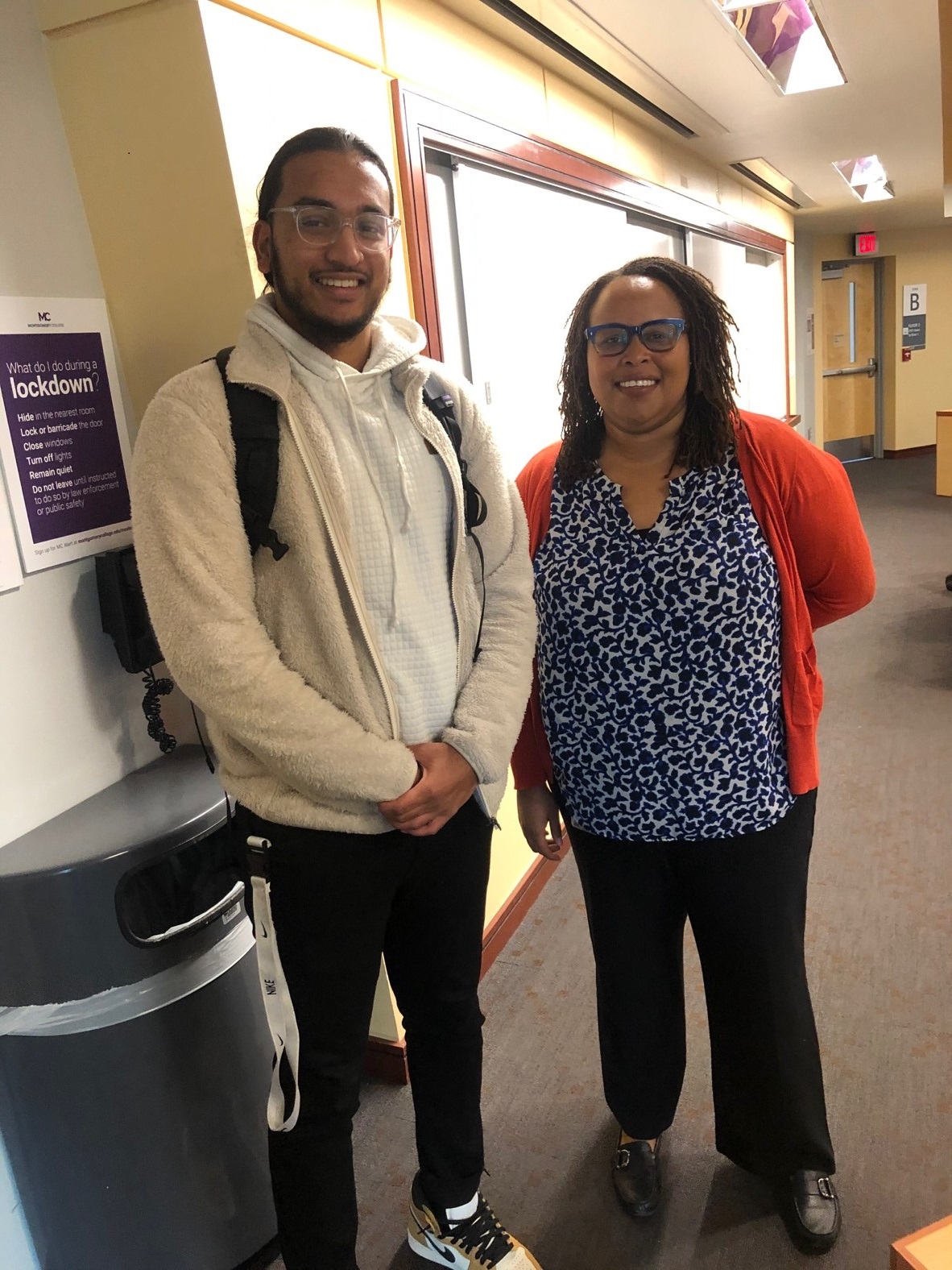Insights by Shayna Berman On Tuesday, November 19, I attended a Montgomery College (MC) to…
 By Luke Knafels
By Luke Knafels
__________
Even during the time of the Holocaust, there were few excuses to explain why the Holocaust was not taken seriously. On December 13, 2017, I returned to the United States Holocaust Memorial Museum in Washington, D.C., for a discussion about America’s attitudes and actions against the Holocaust and Nazi Germany to get a better understanding of what happened and what we can learn from what happened.
The event started with an introduction by Holocaust survivor Susan Warsinger. She was a Jewish girl in Germany with her parents and two younger brothers when anti-Semitic propaganda caused the family to flee the country to France. She and her brother Joe were smuggled to Lisbon, Portugal through the Hebrew Immigrant Aid Society and arrived in America by boat where the family reunited.
After Mrs. Warsinger’s introduction, museum historian Dr. Rebecca Erbelding interviewed author Dr. Robert Dallek on his book Franklin D. Roosevelt: A Political Life. Dr. Dallek defends FDR as one of the greatest presidents of all time with Abraham Lincoln and George Washington. Roosevelt had to overcome many challenges domestically like the Great Depression, international threats like the Axis Powers and his own personal struggles with polio. Despite this, he had a great relationship with the press and the American public, earning him four election victories.
As for FDR’s role in combatting the Holocaust, there was fierce opposition from not only Nazi Germany, but also a fairly large proportion of the United States against Jewish immigration. On November 9, 1938, Nazis terrorized Jewish communities throughout Germany in an event known as Kristallnacht. This “Night of Broken Glass” was a nationwide vandalism of Jewish businesses, homes and other property that resulted in the deaths of nearly a hundred Jews and the capture of thousands more to be sent to concentration camps. While it would appear that Kristallnacht could rally Americans to help Jews and First Lady  Eleanor Roosevelt’s programs to rescue them, 70% of Americans still responded “No” to nationwide polls to allow more Jewish immigrants than the current quotas permitted. Due to this lack of support, Roosevelt also had to turn away the refugee ship MS St. Louis, fearing that Americans would be resentful and that this ship would become the rule and not the exception of immigration. As the war began and word got out about these massive concentration camps, only 4% of Americans believed that millions of people were being killed and some were still convinced that the Nazis weren’t committing any genocides or war crimes at all as late as 1944. This prompted one audience member, a Hungarian man who survived Auschwitz, to ask why no one believed the stories of the many Jewish escapees.
Eleanor Roosevelt’s programs to rescue them, 70% of Americans still responded “No” to nationwide polls to allow more Jewish immigrants than the current quotas permitted. Due to this lack of support, Roosevelt also had to turn away the refugee ship MS St. Louis, fearing that Americans would be resentful and that this ship would become the rule and not the exception of immigration. As the war began and word got out about these massive concentration camps, only 4% of Americans believed that millions of people were being killed and some were still convinced that the Nazis weren’t committing any genocides or war crimes at all as late as 1944. This prompted one audience member, a Hungarian man who survived Auschwitz, to ask why no one believed the stories of the many Jewish escapees.
Renowned author and Holocaust Survivor Elie Wiesel said at the grand opening of the United States Holocaust Memorial Museum that “This museum is not an answer, but a question.” The purpose of the Holocaust museum is to ask why these things happen, not just in Nazi Occupied Europe, but also in Rwanda, The Ottoman Empire and even today in Malaysia.
I learned through the message of Dr. Dallek that “Human beings are capable of most awful behavior.” In the Information Age we live in today, there is no excuse of ignorance. I will not turn a blind eye to injustices brought upon vulnerable populations. While others may be convinced to commit spiteful atrocities against fellow human beings based on difference in race, religion, wealth, gender or politics, I will be on the right side of history.





This Post Has 0 Comments